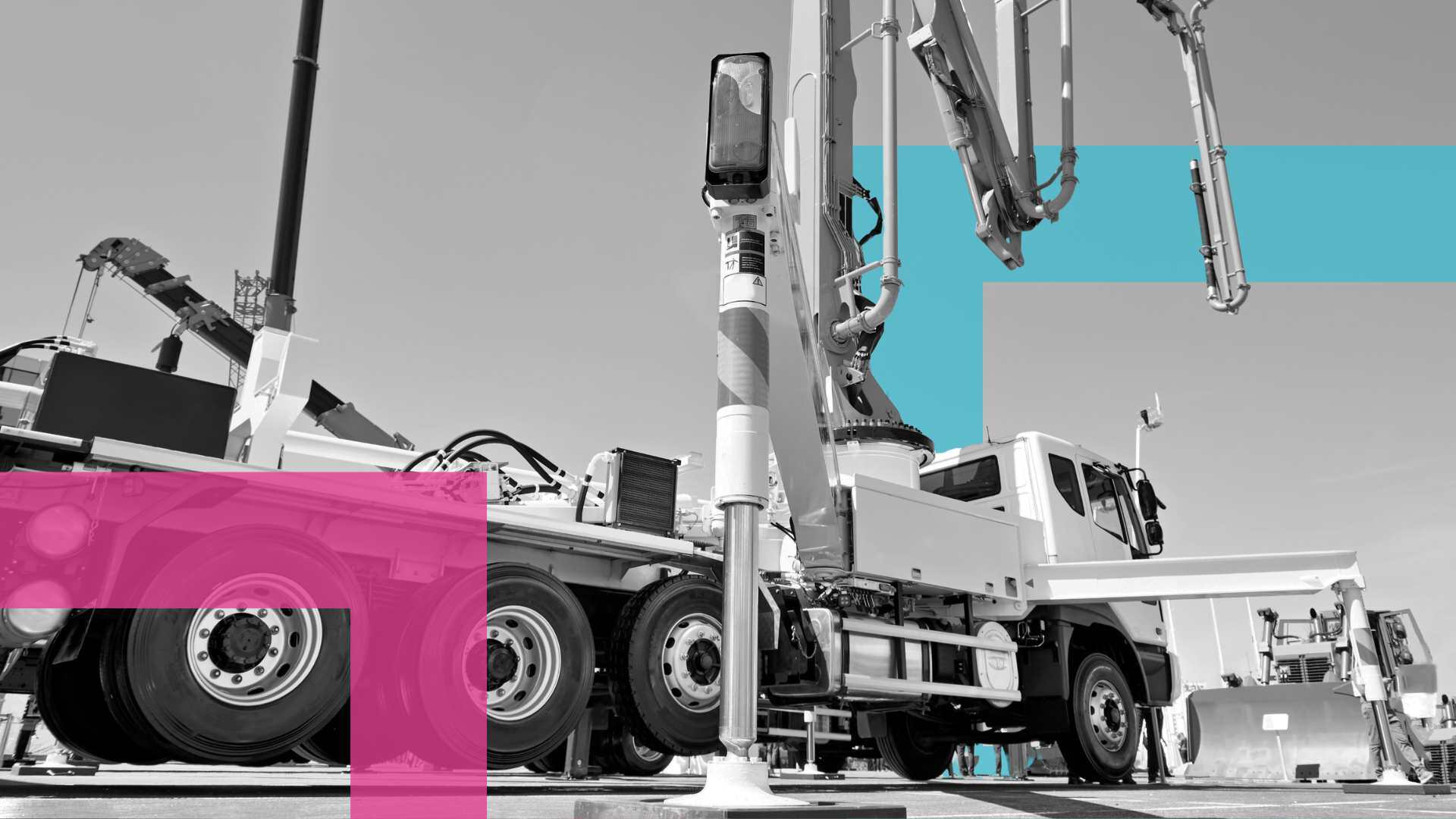Pre Start Plus rebranded to Ideagen Asset Guard
Ideagen Plant Assessor is pleased to announce the rebrand of its flagship pre-start app, Pre Start Plus, to Asset Guard. This rebrand aligns with...
|
|
Machinery Pre Starts
|
|
|
Risk Management &
|
|
|
Document Management
|
|
|
Dashboards & Reporting
|
|
|
Machinery Risk Assessments
|
|
|
Service & Maintenance
|
|
|
Safe Operating Procedures
|
|
|
MySite
|
|
|
View All Features |
Case Studies
Hear from our clients
Events
Find us at industry events
Guides
Find industry-specific guides
Learn
Educational content
News & Articles
Industry news and articles
Safety Legislation
We keep up with safety legislation
so you don't have to
Videos
Find overviews and informative
videos here
Webinars
View upcoming and on-demand webinars
Promotions
See our current promotions
FAQ
All of our frequently asked questions
Help Centre
How to use our software
View a Demo
Let us walk you through Ideagen Plant Assessor features
Release Centre
Product updates and release information
.jpg)
Managing the potential risks associated with the use of plant and equipment is an extremely important job. After all, the wellbeing of your staff and others depends on it. It also ensure business continuity which is important for business owners, shareholders and suppliers.
Developing a practical plant & equipment risk assessment plan with a logical sequence of activity helps with planning and resource allocation and guarantees the application of risk management principles to the plant safety management process.
Developing a risk assessment plan starts by reviewing your equipment list and making a judgement about the relative risk of each type of plant and equipment you own or use. That is, which equipment do I think is higher risk and more likely to cause an incident or injury.
This is a somewhat subjective process, however generally involves consideration of the complexity of the equipment (more complex = higher risk), along with other factors such as incident history, work group experience and so on.
Once you have ranked your equipment in terms of risk, you should then be able to determine what items to assess, how often and in what order.
The next step is to develop a simple risk assessment plan matrix, similar to the one below, that ranks plant type by risk, and then indicates when each item needs to be assessed.
Example Risk Assessment Plan Matrix
| RISK RATING | INITIAL ASSESSMENT (1) | ASSESSMENT PERIOD | MACHINE SPECIFIC OR TYPE ASSESSMENT (2) |
| 1) High Risk | Immediate/Year 1 | Annually | Individual |
| 2) Medium Risk | Year 2 | Bi-Annually | Individual |
| 3) Low Risk | Year 3 & 4 | Every 3 – 5 years | Type or Individual |
| 4) Negligible | Upon purchase | After incident only | Type or Individual |
All plant should be assessed before commissioning – these timeframes relate to existing fleet that has not already been assessed. Insist on a thorough risk assessment when procuring any new plant. High and medium risk plant should be individually assessed, as machines vary in design, specification and wear and tear.
Type assessments are acceptable for low risk plant types. Care should be taken to make sure that all plant items in a type meet the same design criteria.
As you can see, risk is scaled from high to negligible, with highest risk items assessed more often.
This aligns with risk management principles and also helps you resource the inspection process as your schedule sets out what, how many and when items of plant need to be assessed.
So, a piece of equipment that you consider to be more complex and carrying a higher risk of injury (such as an excavator, telehandler or crushing plant) should be assessed more often than less complex items, such as a concrete helicopter or plate compactor.
If you wish to learn more about how to better manage plant safety in your workplace, please contact us.
Disclaimer: This information is intended to provide general information on the subject matter. This is not intended as legal or expert advice for your specific situation. You should seek professional advice before acting or relying on the content of this information.

Ideagen Plant Assessor is pleased to announce the rebrand of its flagship pre-start app, Pre Start Plus, to Asset Guard. This rebrand aligns with...
.png)
Many businesses operating machinery still rely on traditional paper pre start books for daily machinery checks. While these booklets serve their...

A concrete company based in Melbourne has been convicted and fined $30,000 after an incident involving a concrete pump resulted in a worker’s hand...